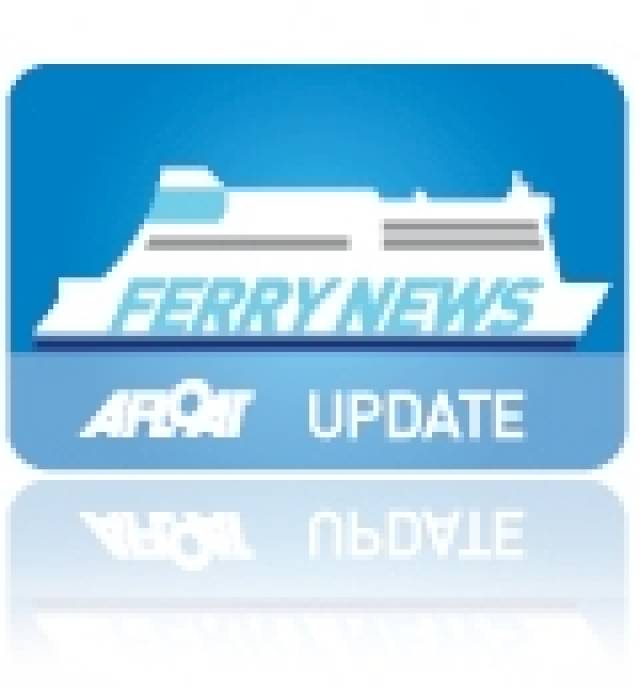#ShipsSwap – Stena Nordica is due to leave the Dublin-Holyhead route next month in a swap that sees replacement 'Superfast X' which as previously reported had served on the Straits of Dover, writes Jehan Ashmore.
Stena Line are to transfer the outgoing 'Nordica' (see related report) to DFDS Seaways Dover-Calais route from where the newcomer Stena Superfast X had operated the UK-France link under the name Dieppe Seaways.
The 29,800 tonnes 'Superfast' ceased Straits of Dover sailings last November when a two-year charter from Stena Ro Ro had expired. She is to join the Dublin-Holyhead route's second ship Stena Adventurer in her new Irish Sea role.
The move is a consolidation and expansion of services by Stena Line out of Dublin Port following the announcement to close the neighbouring route from Dun Laoghaire to Wales.
DFDS Seaways has confirmed that it will be adding the Nordica to the short-sea link following the ro-pax's final sailing for Stena scheduled on 8 March prior. In turn the Stena Superfast X is set to make her inaugural sailing in the early hours of the next day.
The entry of Nordica will bring DFDS Seaways' France fleet back to five vessels since Dieppe Seaways stood down and went to layup in Dunkerque.
She is undergoing in Poland as reported on Afloat.ie a major refit and conversion by MacGregor at Romentowa's Nauta Yard in Gdynia.
Likewise the Nordica will be dry-docked for a refit and rebranding before joining the DFDS Seaways single route operated ferry, Calais Seaways. The 405 passenger newcomer is expected to be ready for business in the next couple of months.
Carsten Jensen, senior vice president at DFDS Seaways, commented: "We have been looking for a suitable fifth ship on our Dover-France routes to bring our Calais service back up to two vessels".
"The introduction of the Nordica, coupled with an engine upgrade on Calais Seaways, will help us restore a reliable daily service of up to 20 sailings between Dover and Calais, which is good news for our customers and good news for our loyal crew and operations teams too."
The newcomer is to serve the premier UK-continent link in which last month a case by the Competition Appeal Tribunal's ruling on the SCOP/Eurotunnel was welcomed by DFDS Seaways.






























































